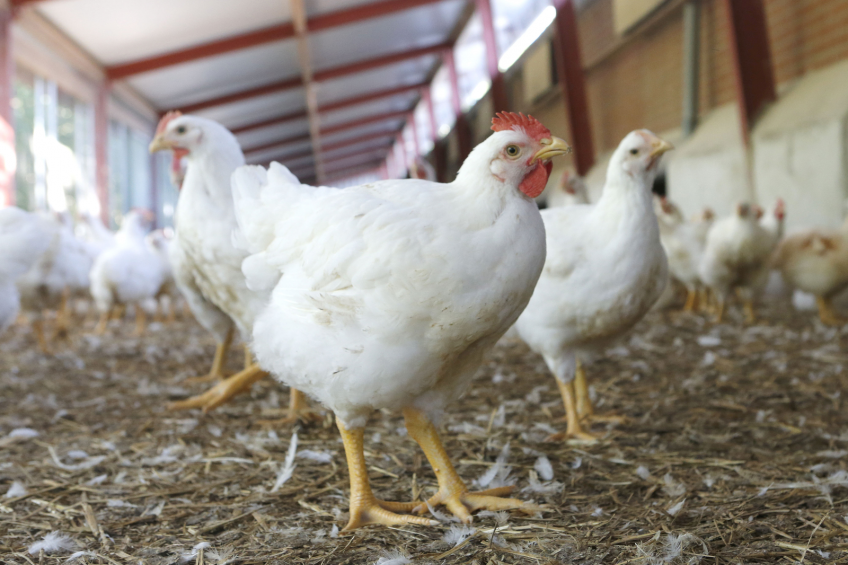Reducing broiler leg problems with heat

Can increased incubation temperatures help reduce the occurrence of leg problems in broilers? This is what the latest research project from Aarhus University, Denmark intends to find out.
In cooperation with the recently formed agricultural organisation, SEGES, the scientists are going to examine whether an increased incubation temperature may increase the growth of supporting musculature and leg bones.
Breast muscles creating weight strain
Due to the demand for lean types of meat, breeding efforts have specifically focused on selecting chickens with a higher daily growth rate and more significant breast muscles. However, research has demonstrated that leg muscles and bones do not grow proportionally with breast muscles, and this may lead to chickens being put down as they have trouble carrying their own weight.
“We expect that the project will help reduce the occurrence of leg problems in broilers and also reduce the number of chickens having to be put down because they have trouble walking. It will improve animal welfare as well as producer economy. At the same time it will mean increased job satisfaction for the farmer as it is very demotivating to put down and destroy fine chickens that he has fed and cared for through the entire production period,” says senior researcher and project manager Niels Oksbjerg from the Department of Food Science at Aarhus University.
Incubation temperature trials
In order to examine whether or not an increased temperature will actually make a difference the scientists plan to carry out a series of trials in which several groups of eggs are exposed to different incubation temperatures from day 4 to day 7 of the brooding period. Once they hatch the chickens are weighed and this is repeated 15 and 35 days after hatching, respectively. Further, the chickens’ feed consumption and mortality rate is registered. Once they are put down the chickens’ legs are weighed and the tensile strength of the bones is measured.
Incubation temperature profile is of particular interest as previous studies have demonstrated that an increased temperature will result in an increased number of muscle fibres at day 18 of the incubation period. And muscle fibres constitute the basic building blocks of chicken musculature and are positively related to animal growth. However, we still do not know why a temperature increase on the days in question is able to make a difference as to the number of muscle fibres.
Limb movement numbers
“It has been observed previously that the number of limb movements increases in the period from day 6 to day 11 when the incubation temperature is increased. Muscle contractions and stretching increase the cell division in the muscles and therefore it seems likely that increased muscle activity may increase the number of muscle fibres and stimulate bone formation,” says Oksbjerg.
In the longer term, the project partners hope that the project may result in the development of a revised incubation technology.













